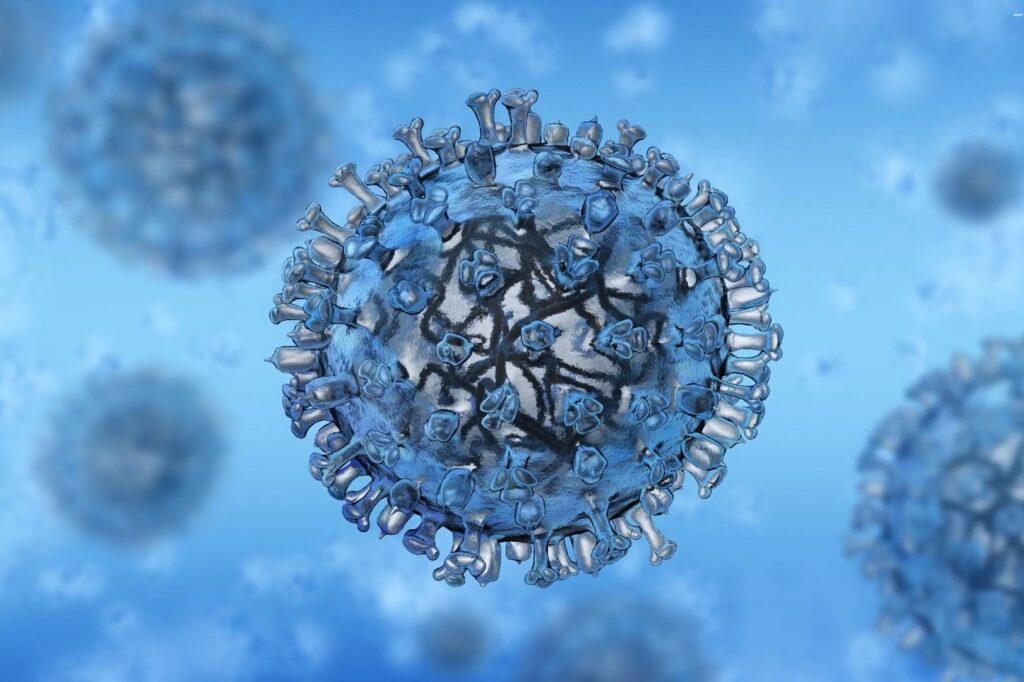
Times of so-called “peace” can often be times of turbulent dissent and division. When some common enemy confronts a society, people often put aside their differences. “United we stand”. “We are a team”. “Singing from the same hymn sheet”… there are many ways we express it.
The world was looking pretty turbulent in 2019 – and then coronavirus hit the fan. The world is now even more turbulent, but a sense of purpose is emerging. People are now prepared to do almost anything to defeat COVID-19.
Technologies that people were ambivalent about in 2019 are beginning to be recognised as our allies. In a physically connected, globalised world, 3D printing looked like an expensive toy. But in a locked down world it is doing a miraculous job of delivering protective gear and basic medical supplies. Surveillance technology has had a bad press- but not so when it is being used to help track the spread of the virus, and to identify vector paths that should be closed to stem the spread. Artificial intelligence was seen by many as a threat, but now it is playing a key role both clinically and as a research tool to battle the virus. Parents have been rightly concerned that their children were spending too much time hunched over games consoles, but now those accursed boxes are helping scientists to identify our proteins’ vulnerability.
As one consequence, we can expect technological progress to accelerate dramatically – as it always does in times of war. Fear of change, the threat of machine dominance, or of robots making us redundant – in normal times all these anxieties distract and slow down technological progress. But these are no longer normal times.
Maybe the pendulum is swinging too far the other way? That can only be decided when the threat has been conquered and the world restored to a new normality. But for now, technology is proving a threat to coronavirus – and humanity’s true friend. Let us look at two examples.
Thinking bigger
Only a few weeks after the emergence of the coronavirus threat, scientists at the USA’s Oak Ridge National Laboratory and the University of Tennessee were able to screen 8,000 compounds to find those most likely to bind to the coronavirus’ main “spike” protein, disabling its ability to infect host cells. As a result of their intelligent search algorithms, they have narrowed the search to just 77, promising small-molecule drug compounds that can be experimentally tested for their effectiveness.
This was possible when IBM offered Summit, the world’s most powerful supercomputer, to do the heavy computation. Eight thousand clinical tests could keep hundreds of laboratory staff busy for years, whereas hours of number crunching has reduced the task to 77 much more closely focused tests.
And this is just one example. IBM is also a member of the COVID-19 High Performance Computing Consortium – combined systems already offering over 330 petaflops, 775,000 compute (CPU) cores and 34,000 graphic processors (GPUs) to help understand and fight COVID-19 by modelling experiments in epidemiology, bioinformatics and molecular modelling. These would take years to complete manually, and still take months on traditional computing platforms.
As Dario Gil, Director of IBM Research, put it: “What began just days ago – with one conversation with the White House Office of Science and Technology Policy – has solidified quickly into an unprecedented effort that can make a real difference.”
Home but not Alone
NVIDIA is known as the gaming company and is helping in other ways during the crisis keeping children entertained in between home-schooling. But the company is part of a collaboration across the gaming industry to encourage players to connect their own consoles’ graphic processors (GPUs) online to create a supercomputer. According to the Folding@Home website: “For certain types of calculations, we’ve seen GPUs give us a 20-30x speedup over their CPU-based counterparts.”
To date more than 400,000 gamers have combined their GPU resources to compound more than an Exaflop of processing power – that’s more than 1,000,000,000,000,000,000 operations per second and six times more power than even IBM’s Summit can deliver.
The name Folding@Home reflects the project’s initial aim. A group of COVID-19 researchers at Washington University, St. Louis, are tackling the problem of protein folding – the physical process by which a protein chain acquires its native three-dimensional structure. According to the website: “There are many experimental methods for determining protein structures. While extremely powerful, they only reveal a single snapshot of a protein’s usual shape. But proteins have lots of moving parts, so we really want to see the protein in action…. These calculations are enormous and every little bit helps! Each simulation you run is like buying a lottery ticket. The more tickets we buy, the better our chances of hitting the jackpot.”
Conclusion
Surveillance, artificial intelligence, gaming… are they no longer quite so threatening? That will be decided when the world returns to “normal” – though it will not be the same normal as before.
Until such time, they are our allies in the fight against COVID-19.

Kevin Deierling is the Head of Business Networking Unit at NVIDIA. He has been a founder or senior executive at five startups that have achieved positive outcomes. Deierling has contributed to multiple technology standards and has over 25 patents in areas including wireless communications, error correction, security, video compression, and DNA sequencing.


